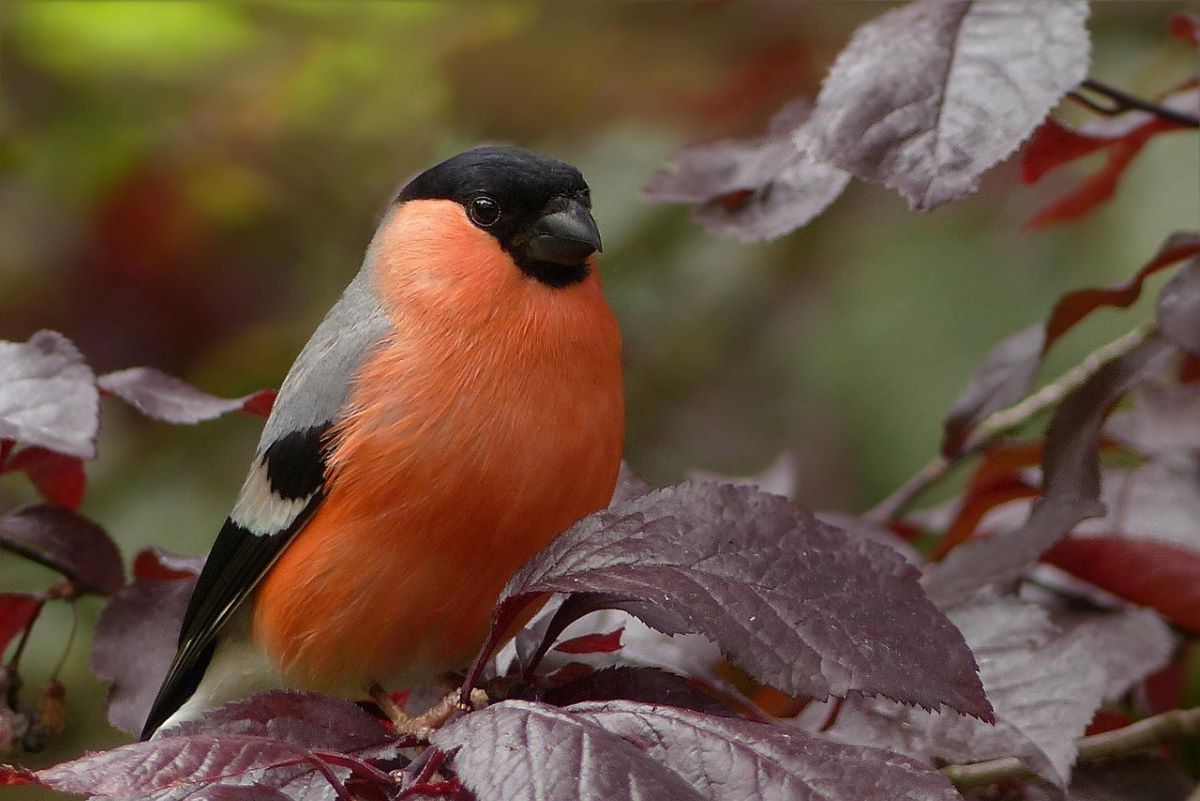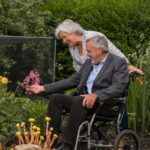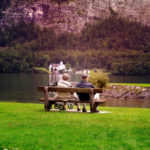
In the quiet curve of a park’s path or the tidy lines of corten garden edging, there’s a bigger story taking root—one that connects people, place, and planet. Even the soft crunch of playground mulch underfoot plays a role in this growing narrative. Across cities, suburbs, and communities, green spaces are doing more than offering beauty and recreation; they’re acting as living solutions to some of our biggest environmental challenges.
At first glance, parks, gardens, and leafy urban spaces might seem like luxuries—nice to have but not essential. In reality, they’re vital to the ecological health of our surroundings. From cooling cities to supporting biodiversity and improving air quality, green spaces are powerful, multifunctional assets. As the global focus shifts toward sustainable living and climate action, the role of green spaces has never been more important.
Urban Cooling and Climate Regulation

One of the most immediate benefits of green spaces is their cooling effect. Cities are especially prone to the “urban heat island” phenomenon, where concrete and asphalt absorb and retain heat, raising temperatures significantly. Trees, lawns, and landscaped areas counteract this by giving shade and releasing moisture into the air. This cooling effect reduces the need for artificial air conditioning, which in turn lowers energy use and greenhouse gas emissions.
Large trees and green areas also absorb carbon dioxide and trap pollutants. This means that strategically placed vegetation in urban spaces can help reduce carbon footprints and improve air quality, a critical concern for growing cities around the world.
Water Management and Flood Control
Green spaces also play an important role in managing water. Lawns, gardens, and planted areas absorb rainfall, helping to prevent stormwater runoff that can lead to flooding. When rain hits impermeable surfaces like roads and pavements, it flows quickly into storm drains, often overwhelming systems and polluting waterways with debris and chemicals.
On the other hand, green areas act as natural sponges. They slow the flow of water, filter pollutants, and allow moisture to seep into the ground, replenishing aquifers. Even small additions—like rain gardens or vegetated swales—can significantly enhance urban water resilience.
Biodiversity Boosters
Amidst the growing concern about declining biodiversity, green spaces serve as essential sanctuaries for native plants, insects, birds, and small mammals. They form corridors that connect fragmented habitats, allowing species to move, feed, and reproduce. In urban environments where natural ecosystems have been disrupted, even small green patches can provide food and shelter to support local wildlife populations.
Importantly, native plantings and well-planned landscaping can be designed to attract pollinators, whose survival is crucial to both ecosystems and agriculture. Community gardens, rooftop greenery, and bushland restoration projects all contribute to increasing local biodiversity while inviting people to reconnect with nature.
Mental and Physical Wellbeing
The benefits of green spaces go beyond the environment—they also profoundly affect our mental and physical health. Spending time in green environments has been shown to reduce stress, enhance mood, and even lower blood pressure. For children, playing in natural settings boosts creativity, motor skills, and emotional development.
Walking trails, outdoor fitness zones, and recreational fields encourage physical activity and social interaction, which helps to form healthier communities. These shared spaces help foster a sense of belonging and stewardship, prompting more people to care for the environment in their everyday lives.
Greener Spaces, Greener Practices
One of the hidden powers of green spaces is how they influence behaviour. When people spend more time in natural environments, they often become more eco-conscious. Whether it’s composting garden waste, planting trees, or switching to organic landscaping practices, green spaces inspire individuals and communities to live more sustainably.
Local councils and landscape designers can amplify this by incorporating eco-friendly materials and practices into public and private projects. Examples include using permeable pavers, native and drought-tolerant plants, or reclaimed wood and recycled materials for benches and fencing. In schools and community centres, these spaces also become platforms for environmental education, giving people of all ages the knowledge and motivation to protect the planet.
Designing with Purpose
To fully realise the environmental potential of green spaces, design matters. It’s not merely about planting more trees or laying grass—it’s about creating systems that work together for ecological benefit. Integrated landscaping that considers soil health, water flow, light exposure, and maintenance needs can transform a simple space into a thriving micro-ecosystem.
Materials like corten steel, used in edging or sculptural features, provide durability and visual contrast without leaching harmful chemicals. Likewise, playground mulch offers a soft, natural surface that is safe for children while also aiding soil moisture retention and weed suppression. These design choices support both usability and sustainability, proving that function and environmental care can go hand in hand.
The Ripple Effect
When a neighbourhood invests in a community garden, when a school transforms an empty lot into a native plant haven, or when a council replants a degraded area with local species, the impact ripples outward. These efforts lead to cooler air, cleaner water, richer biodiversity, and stronger communities. They also send a clear message: nature is not separate from our lives—it’s part of our homes, our cities, and our future.
Green spaces are more than amenities. They are tools of environmental regeneration, spaces of healing, and agents of cultural change. As we try to find effective solutions to the climate crisis and look for ways to tread more lightly on the Earth, investing in green spaces offers a clear and immediate path forward. From the smallest verge garden to expansive public parks, every leaf and blade plays a part in creating a healthier, more sustainable world.
In embracing the eco power of green spaces, we’re not only caring for the land—we’re allowing the land to care for us.







